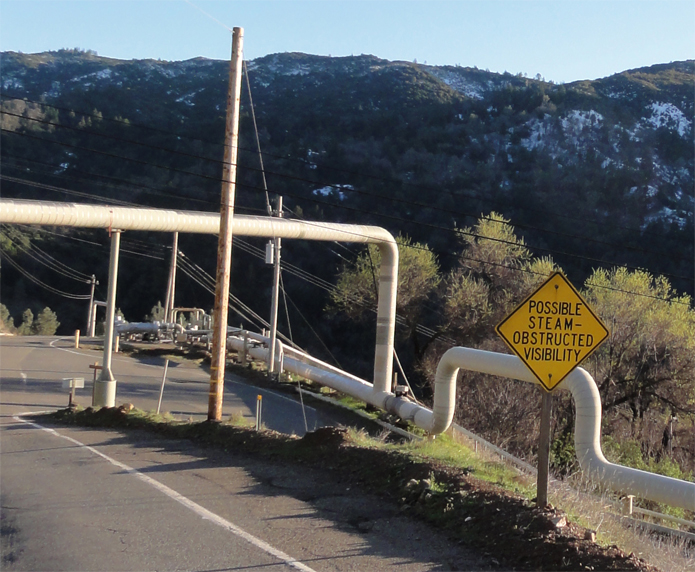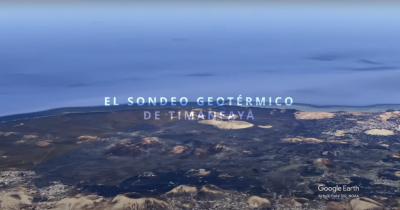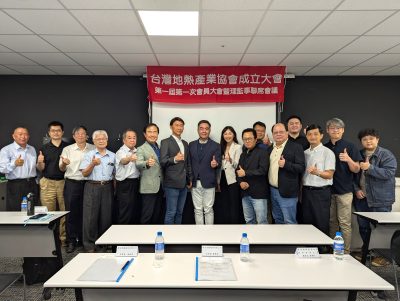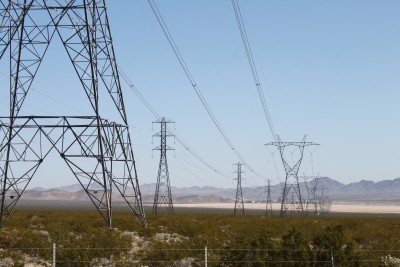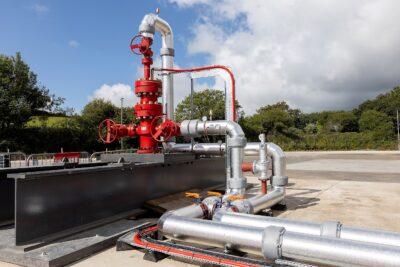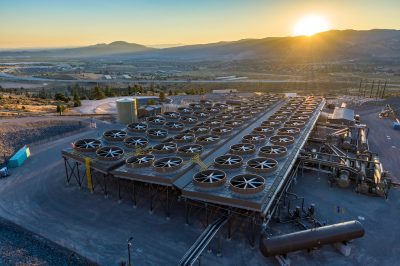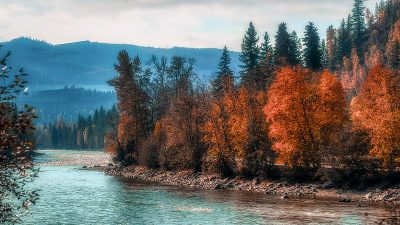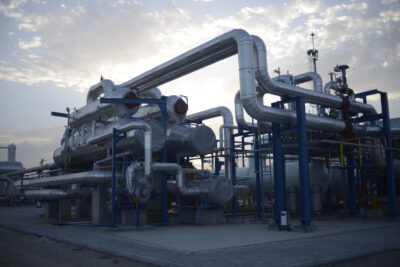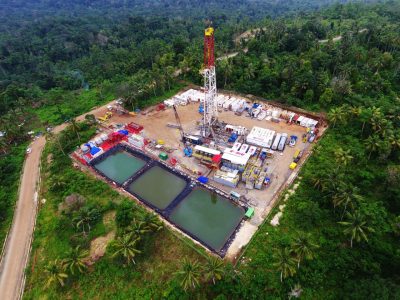The Economist on geothermal and the need for a repositioning
In a very interesting article in The Economist it is suggested that the geothermal sector needs to reposition itself away from the "base-load" power statement if it wants to expand and grow under the shadow of other renewables.
The Economist has recently published an article covering some of the most distinguishable issues that plague geothermal energy and also the great benefits of developing this energy sector.
Following the message that the industry needs to reinvent itself and actually abandon some topics that have characterised said sector. The article mentions that “What the geothermal industry needs, more than any subsidy, is to change the message it gives out. Until recently, it has boasted that, unlike other renewables, such as wind or solar, it is a base-load resource similar to coal, gas or even nuclear, but without greenhouse gases or radiation fears. Such a claim, far from being a virtue, has become something of a curse. The problem, as Dave Olsen of the California Independent System Operator Corporation sees it, is that utilities are hobbled by the inflexibility of their base-load generating stations.”
This “inflexibility” has severe repercusions and causes the lack of efficiency and misuse of electrical power, The article cites California as an example, since it “had to dump over 19 gigawatt-hours of pre-purchased renewable energy, because it could not throttle its inflexible base-load supplies sufficiently. As more renewables are mandated into existence (California plans to get a third of its electricity from renewable sources by 2020), the base-load problem can only get worse.”
To finalize, the article concludes that “the virtue of geothermal electricity is that it can provide base-load power, flexible power or anything in between. It can be a producer that runs all the time, a “load-follower” that operates during the day and into the early evening, or even a “peaking power” plant that ramps up quickly to meet sudden spikes in demand. If the geothermal industry manages to get that message across, the days of wind and solar could well be numbered.”
To read the full article, please follow the link below
Source: The Economist
